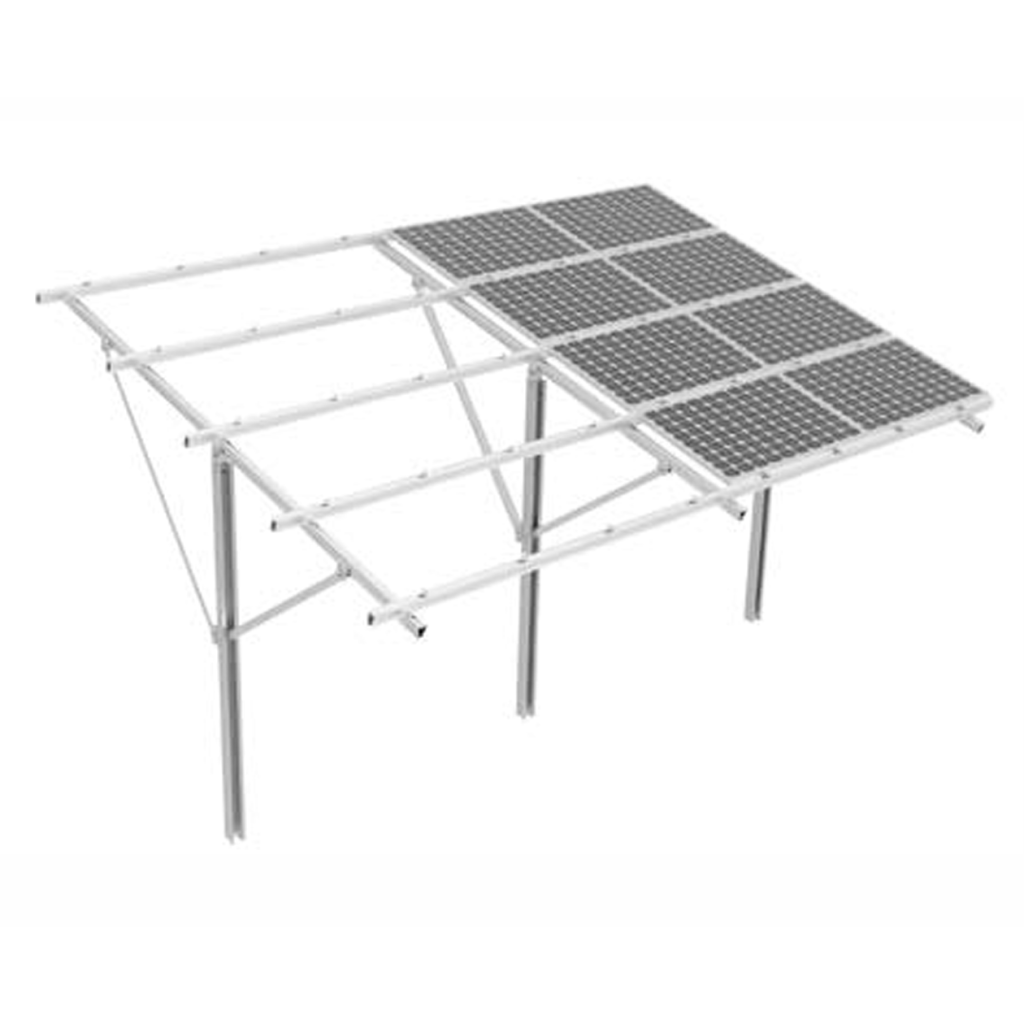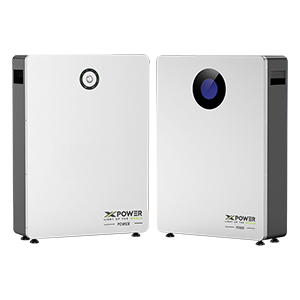Types of Solar Mounting Systems: Choosing the Right Solution for Your Solar Installation
Time of Release : 2024-07-23
Acerca del autor:
¡Bienvenidos! Es un honor para mí presentarles nuestra marca: Xpoder, el autor de esta guía sencilla sobre tecnologías de células solares. Con más de 15 años de experiencia en la industria solar fotovoltaica (PV), Xpower aporta una gran cantidad de conocimientos y experiencia.
Xpower, como fabricante y exportador en el campo de la energía solar, a través de años de experiencia práctica, hemos sido testigos de la evolución de las tecnologías de células solares y el impacto transformador que han tenido en el panorama de las energías renovables.

Solar mounting systems are essential components of solar panel installations, providing structural support and optimizing solar exposure. Choosing the right type of mounting system depends on factors such as location, energy goals, and budget considerations. Here’s an in-depth look at the three primary types of sistemas de montaje solar:
Fixed Solar Mounting Systems
Overview: Fixed mounting systems, also known as stationary mounts, secure solar panels at a fixed angle and orientation.
Design:
Angle: Panels are typically installed at a tilt angle optimized for the site’s latitude to maximize annual energy production.
Orientation: Oriented to face the equator (south in the northern hemisphere, north in the southern hemisphere) to capture maximum sunlight throughout the day.
Ventajas:
Simplicity: Fixed mounts are straightforward to install and require minimal maintenance due to their static design.
Cost-Effectiveness: They are typically the most affordable option due to their simpler structure and installation process.
Reliability: Ideal for stable climates where sunlight angles do not vary significantly throughout the year.
Applications:
Residential Installations: Ideal for rooftops where panels can be angled to maximize exposure to sunlight year-round.
Commercial Projects: Suitable for ground-mounted arrays in locations with predictable sunlight patterns.
Considerations:
Performance: Fixed mounts are best suited for regions with consistent sunlight angles.
Space Efficiency: They require adequate space for installation without obstructions that could shade panels.

Adjustable Solar Mounting Systems
Overview: Adjustable mounting systems allow for manual adjustment of the tilt angle and sometimes orientation of solar panels.
Design:
Tilt Angle Adjustment: Panels can be tilted seasonally to optimize energy production during different times of the year.
Orientation Flexibility: Some systems allow for azimuth adjustment (east-west orientation) to optimize exposure.
Ventajas:
Optimized Efficiency: Adjusting tilt angles can significantly increase energy production by maximizing solar exposure during peak sunlight periods.
Adaptability: Suitable for regions with pronounced seasonal changes or where maximizing energy production is crucial.
Versatility: Can be installed on various surfaces including flat rooftops and uneven terrain.
Applications:
Residential and Commercial: Particularly beneficial in areas with significant seasonal changes in sun angle or when aiming to maximize energy production.
Considerations:
Maintenance: Requires periodic adjustment to optimize performance throughout the year.
Initial Cost: Generally more expensive than fixed systems due to additional moving parts and installation complexity.

Solar Tracking Systems
Overview: Solar tracking systems automatically adjust the position of solar panels throughout the day to directly face the sun.
Types:
Single-Axis: Tracks the sun’s daily east-west movement.
Dual-Axis: Tracks both daily east-west movement and seasonal north-south variations.
Ventajas:
Maximized Energy Production: Tracking systems can increase energy output by 20% to 40% compared to fixed systems by maintaining optimal alignment with the sun.
Efficiency: Capture more sunlight by following the sun’s path from sunrise to sunset, optimizing the angle of incidence.
Performance in Variable Conditions: Ideal for locations with variable weather conditions or where maximizing energy yield is critical.
Applications:
Utility-Scale Installations: Commonly used in large solar farms where maximizing energy production per panel is crucial for economic viability.
Commercial and Industrial: Suitable for high-energy-demand facilities seeking to offset significant portions of their electricity consumption.
Considerations:
Complexity: Tracking systems are more complex and require more maintenance than fixed or adjustable systems.
Cost: Highest initial cost among the three types due to sophisticated technology and installation requirements.
Choosing the Right System for Your Installation
When selecting a solar mounting system, consider:
Location: Evaluate solar resource availability and variability in your region.
Budget: Balance upfront costs with long-term energy production and return on investment.
Space and Aesthetics: Consider available space for installation and any aesthetic concerns, especially for residential applications.
Each type of mounting system offers unique benefits suited to different environments and project goals. By understanding these distinctions, you can make an informed decision that maximizes the efficiency and longevity of your solar panel installation.
Conclusión
Selecting the appropriate solar mounting system involves understanding your site-specific conditions, energy goals, and budget constraints. Fixed systems offer simplicity and affordability, while adjustable and tracking systems optimize energy yield through adaptability and precision. Whether you’re installing solar panels on a residential rooftop or planning a utility-scale solar farm, choosing the right mounting system is crucial to maximizing your solar investment and achieving long-term energy savings.
By carefully evaluating the advantages and applications of fixed, adjustable, and tracking systems, you can make an informed decision that aligns with your specific needs and enhances the performance of your solar installation.




